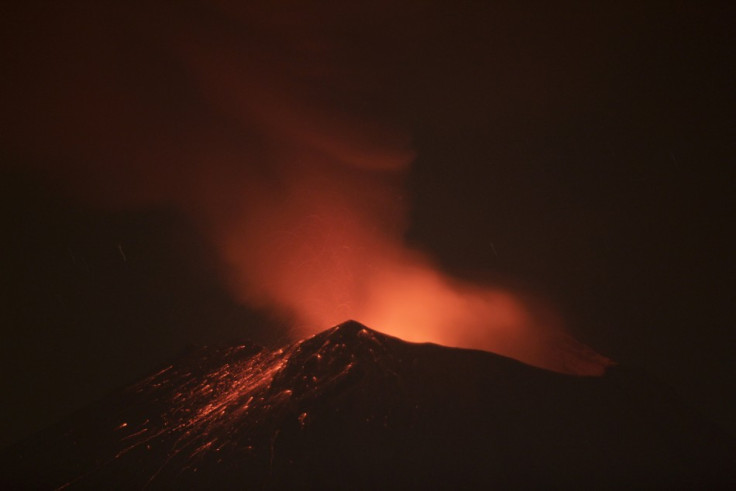Oxygen-Breathing Life Existed Due to Shift in Planet’s Volcanoes: Study

The conditions that led to the Great Oxygenation Event (GOE) 2.5 billion years ago were caused by sudden changes in the "inner workings" of earth, new research reveals.
The research conducted by two geologists from Princeton University has been reported in the journal Nature. It mentions that the long-ago proliferation of oxygen in the earth's atmosphere that led to the existence of life forms was prompted by changes in the planet's magma.
The researchers studied rocks preserved in the earth's crust which revealed that a steep decline in the intensity of melting within the planet's mantle led to the ideal conditions for the GOE period.
During the period, which may have lasted around 900 million years, oxygen levels in the atmosphere exploded and eventually gave rise to our present atmosphere.
The database for the current analysis was made by the two geologists, Blair Schoene, a Princeton assistant professor of geosciences, and lead author C Brenhin Keller, a Princeton geosciences doctoral student. They compiled over 70,000 geological samples to construct a 4-billion-year geochemical timeline. Their analysis uncovered a sharp drop in mantle melting 2.5 billion years ago that coincides with existing rock evidence of atmospheric changes related to the GOE.
The National Geographic reported that the two geologists speculate the change where magma forms triggered the different chemical compositions seen in their rock samples. Importantly, the scientists propose, such a shift could have altered the balance of iron in magma from ferrous to ferric-versions of the element that react differently with oxygen.
"When volcanoes were producing magma with ferrous iron, they emitted gases that readily sopped up atmospheric oxygen," Keller told the National Geographic.
Based on the observations, the researchers suggested that diminished melting in the mantle decreased the depth of melting in the earth's crust, which in turn reduced the output of reactive, iron oxide-based volcanic gases into the atmosphere. A lower concentration of these gases which react with and remove oxygen from the atmosphere allowed free oxygen molecules to proliferate.
"The Princeton research offers the strongest data-driven correlation yet between deep earth processes and the GOE," Schoene stated. "Previous hypotheses are largely based on qualitative observations of the rock record and computational models that simulate how this rapid oxygenation might have occurred. The Princeton research, however, is based on a statistical analysis of the geologic record and the chemical traces of deep-earth activity it has preserved".
© Copyright IBTimes 2025. All rights reserved.





















